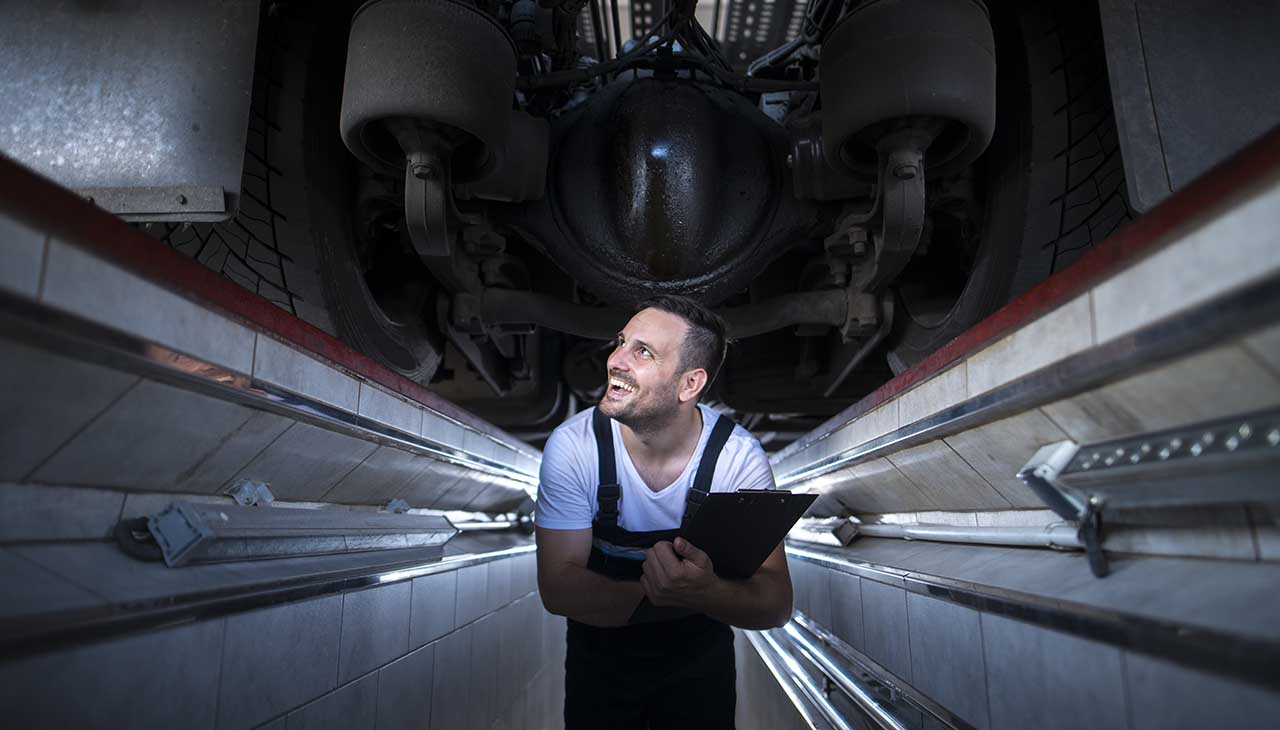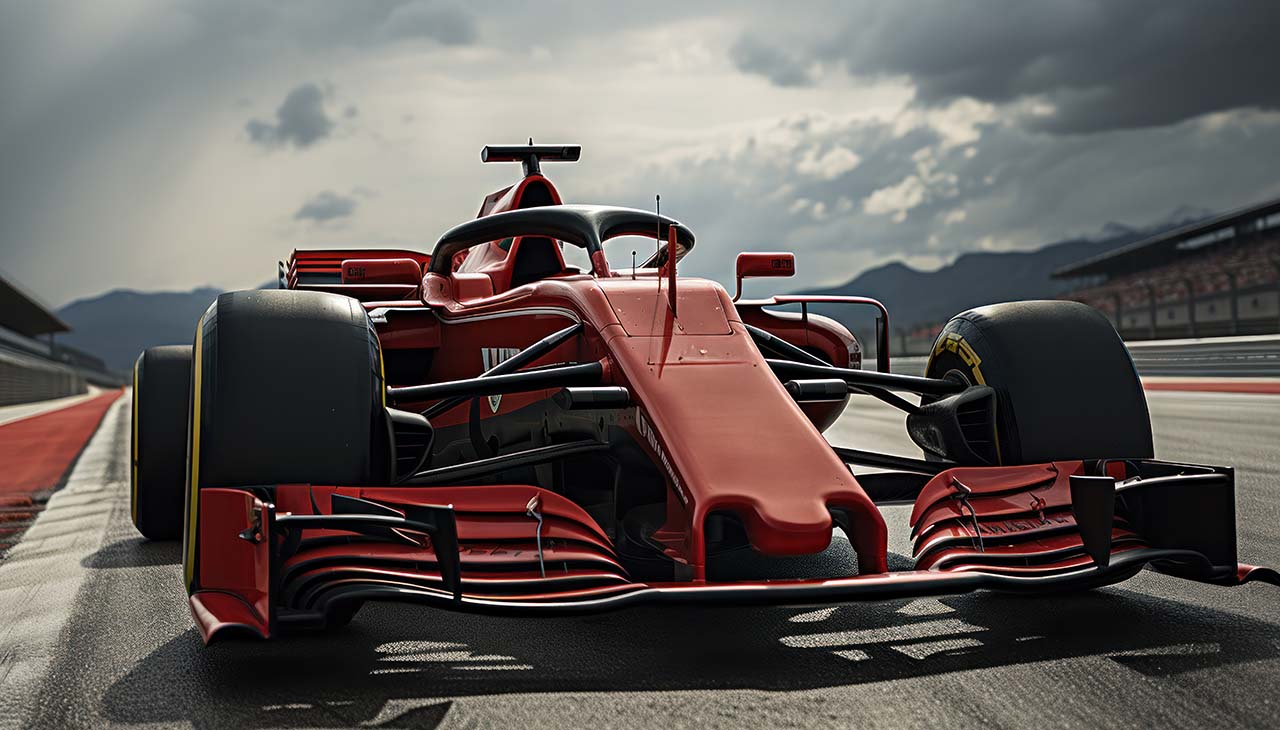Entering the fast-paced world of motorsport, the role of a mechanic is both thrilling and demanding. These experts are the unsung heroes behind the roaring engines and sleek exteriors, ensuring that every vehicle not only performs at its peak but also adheres to the highest safety standards. A day in the life of a motorsport mechanic is a blend of adrenaline, precision engineering, and teamwork, beginning long before the race starts and continuing until the last checkered flag is waved. Their work is critical in shaping the outcome of the race, playing a pivotal role in the success of drivers and teams.
Morning Routine
Early Start: Preparing Tools and Equipment
The day begins with the dawn, as motorsport mechanics arrive at the track to start their meticulously planned routine. The first order of business is to prepare tools and equipment, ensuring everything is in perfect order. This involves checking the integrity of each tool, organizing the workspace for efficiency, and calibrating specialized equipment. It’s a ritual that sets the tone for the day, emphasizing the importance of precision and readiness in the high-stakes environment of motorsport racing.
Briefing with the Team: Discussing Tasks and Goals for the Day
Following the preparation phase, mechanics gather for a briefing with the rest of the racing team. This is a crucial moment where tasks are distributed, goals for the day are set, and strategies are discussed. Communication is key, as each member needs to be aware of the day’s objectives, understand their roles, and recognize how their tasks fit into the larger picture of the race day preparation.
Inspecting Race Cars: Checking for Any Issues or Maintenance Needs
With tools readied and the team briefed, attention turns to the heart of the day’s work: the race cars. Mechanics conduct thorough inspections of each vehicle, checking for any issues or maintenance needs. This involves examining the engine, suspension, brakes, and all critical systems to ensure everything is in optimal condition. Any identified issues are addressed promptly, with the aim of optimizing the car’s performance and safety for the impending race. Every check is performed with meticulous attention to detail, as even the smallest oversight can have significant consequences on the track.
During Race Events
Assisting with Car Setup: Making Adjustments Based on Driver Feedback
Once the initial inspections and preparations are complete, mechanics shift their focus to fine-tuning the car’s setup based on the driver’s feedback. This phase is crucial as it directly influences the vehicle’s performance on the track. Adjustments may include altering the suspension settings, tweaking the aerodynamics, or modifying the gear ratios to suit the specific demands of the race track and the driver’s preferences. This collaborative effort between the driver and the mechanic team ensures that the car is as responsive and efficient as possible, tailored to the unique challenges of each race.
Quick Repairs and Maintenance Between Races
The period between races is a critical time for the mechanics, as they perform quick repairs and maintenance to address any issues that arose during the previous event. This can range from minor adjustments to substantial overhauls, all within the tight timelines dictated by the racing schedule. The team’s ability to swiftly diagnose and fix problems can be the difference between winning and losing, making this one of the most high-pressure aspects of the mechanic’s role.
Monitoring Car Performance During Practice Sessions and Races
Throughout practice sessions and the race itself, mechanics continuously monitor the car’s performance, gathering data on various parameters such as tire wear, fuel consumption, and engine performance. This information is vital for making real-time decisions and strategic adjustments. The team utilizes a combination of telemetry data and direct communication with the driver to keep a pulse on the car’s condition and performance, ready to react instantly to any situation that may arise on the track.
Post-Race Activities
Thorough Inspection of Race Cars: Identifying Wear and Tear
After the adrenaline of the race settles, mechanics engage in a thorough post-race inspection of each vehicle, meticulously searching for signs of wear and tear. This crucial step involves examining the car’s structural integrity, looking for any stress fractures, checking the condition of the tires for uneven wear patterns, and assessing all safety systems to ensure they are fully operational. Identifying these issues early allows the team to plan necessary repairs and maintenance, preventing potential failures in future races.
Detailed Maintenance Work: Engine Checks, Suspension Adjustments, Etc.
Following the comprehensive inspection, the team undertakes detailed maintenance work, focusing on critical areas that affect the car’s performance. Engine checks are thorough, with mechanics looking for any signs of damage or wear that could impact power output or reliability. Suspension adjustments are made based on the wear patterns and feedback from the race, ensuring the car maintains optimal handling and stability. This stage often requires a deep dive into the vehicle’s complex systems, with every adjustment rooted in data collected during the race and the expertise of the mechanics.
Debrief with the Team: Discussing What Worked Well and Areas for Improvement
The day concludes with a debrief session involving the entire racing team. This meeting is an opportunity to reflect on the race, discussing what worked well and pinpointing areas for improvement. Mechanics share their findings from the post-race inspections and maintenance work, integrating their insights with feedback from the drivers and strategists. These discussions are vital for continuous improvement, allowing the team to adapt and evolve their strategies and practices for future races, always with the aim of enhancing performance and safety on the track.
Challenges Faced
One of the most significant challenges faced by mechanics and racing teams is the unrelenting pressure to perform quickly and accurately under the intense atmosphere of race events. Every second lost during a quick repair or a setup adjustment can translate into a significant disadvantage on the track. This demands a high level of precision and speed from each team member, requiring not only extensive experience but also an ability to remain calm under pressure.
Adapting to changing track conditions presents another layer of complexity. Weather fluctuations, varying track temperatures, and the evolving grip levels throughout a race weekend require mechanics to be highly adaptable, making continuous adjustments to the car’s setup to maintain optimal performance. These changes need to be executed flawlessly and swiftly to keep pace with the dynamic nature of motorsport racing.
Additionally, managing the tight schedules and deadlines that define a race weekend is a logistical challenge. Teams must meticulously plan every aspect of their operations, from pre-race inspections and adjustments through to post-race maintenance and debriefs, within the limited time frames available. This often requires working late into the night or starting in the early hours of the morning, all while ensuring that no detail is overlooked, as even a minor mistake could be the difference between victory and defeat.

